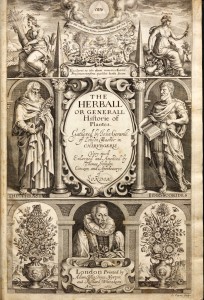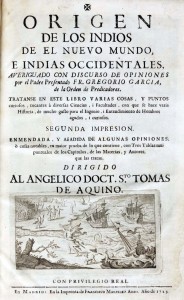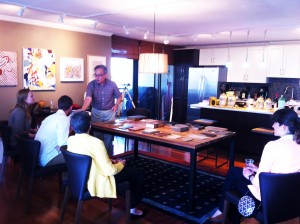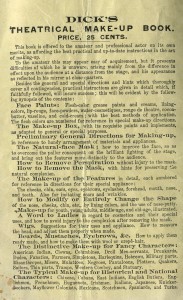19thC American almanacs
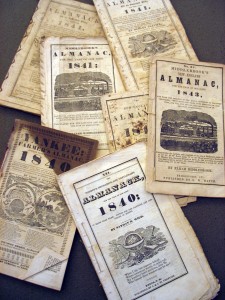 Our major acquisition effort this year has been to amass a research collection of American almanacs, primarily from the nineteenth-century. This array of over 1,100 almanacs came from three sources (two dealers, and one private collection); they were printed in thirteen (13) different states, and range in date from 1782-1924, but the bulk of them (90%) date from 1801-1885.
Our major acquisition effort this year has been to amass a research collection of American almanacs, primarily from the nineteenth-century. This array of over 1,100 almanacs came from three sources (two dealers, and one private collection); they were printed in thirteen (13) different states, and range in date from 1782-1924, but the bulk of them (90%) date from 1801-1885.
Prior to this acquisition, the Watkinson held about 85 American almanacs dating from 1675-1875, and of course, through the College Library’s subscription to Early American Imprints, Series I & II, we have online access to some 4,800 American almanacs printed prior to 1819. Our 19th-century holdings, however, were rather anemic. Some 10,000 titles in millions of copies were published throughout the 19thC, so now we can at least say that we have a significant sample for research purposes.
As towns grew along the coasts and rivers and highways of young America, each larger settlement had its printer, who produced local almanacs every fall, from which his profits covered many of his expenses. Not only do they contain calenders, astronomical calculations and astrological information, they also include moral and religious advice, scientific observations, historical and political information, medicine, cookery, weather predictions, geography, poetry, anecdotes, and information related to government, schools, transportation, and business. following is a breakdown of the collection, in terms of state of origin, number of titles, and inclusive dates of publication (i.e., “Massachusetts (287) 1755-1860” means that we have 287 almanacs with various titles printed in Massachusetts published between 1755 and 1860)
Massachusetts (287) 1755-1860; Connecticut (245) 1796-1873; New York (227) 1793-1885; Pennsylvania (148) 1794-1861; New Hampshire (124) 1804-1871; Maine (32) 1826-1924; Maryland (17) 1811-1860; Rhode Island (17) 1782-1849; New Jersey (12) 1828-1881; Vermont (8) 1808-1858; Virginia (6) 1841-1856); Delaware (3) 1823-1824; Ohio (3) 1843-1856.
